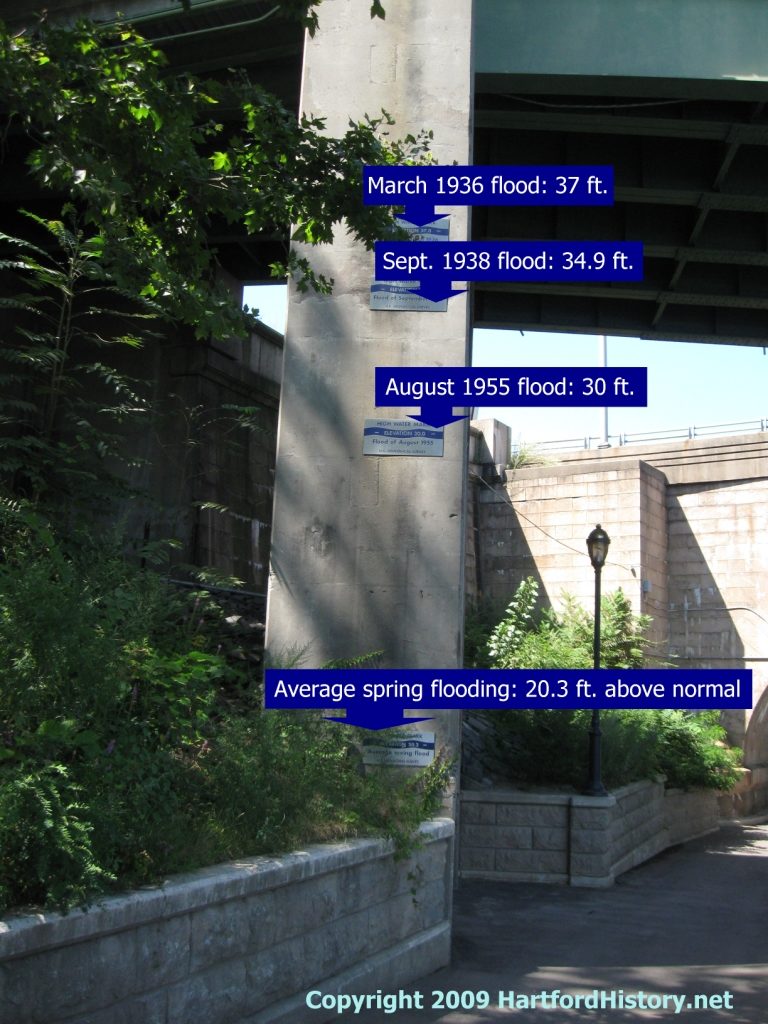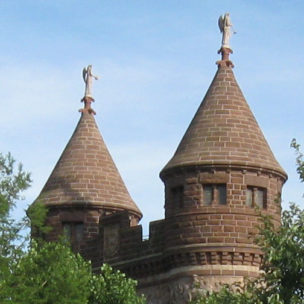 Here’s some news that got lost in the holiday hub-bub.
Here’s some news that got lost in the holiday hub-bub.
***
The Hartford Courant reported that the 160-year-old Lewtan Building on High Street, just off Bushnell Park, will join the many downtown buildings undergoing conversion into apartments. (This Google Maps photo shows it in relation to the park.)
As reporter Ken Gosselin put it:
For nearly 160 years, people went to work at 28 High St. in downtown Hartford, employed in everything from silver plating and paper-box manufacturing to furniture making and, finally, turning out promotional products like the “Mighty Grip” jar opener.
Now, a developer is betting people will find the five-story building near Bushnell Park the place where they want to come home.
The Lewtan originally was known as the Batterson Building, named after the man who constructed it in 1860, James G. Batterson. Owner of a highly successful cemetery monument business headquartered on Main Street, Batterson is best-known today as one of the founders of the Travelers Cos., as well as its first president. Learn more about his extraordinary life here.
***
The new owner of the National Hockey League’s Carolina Hurricanes is having his team play a couple of games this year in the uniforms of its previous iteration, the Hartford Whalers. The New York Times used the occasion to take a look at Hartford’s longing for its old team–and the very mixed feelings around here about the throwback games. The story, headlined “The Whalers Are Back in the N.H.L. Sort Of,” includes interviews with former Whalers, including Ray Ferraro:
“I really liked living there,” said Ferraro, now an N.H.L. analyst for Canada’s TSN. “The insurance industry was still big, downtown was vibrant, the restaurants were packed. Plus, a lot of the players were in the same stage of our lives, in our early 20s. I liked everything about Hartford.”
***
The Connecticut Trolley Museum in East Windsor is leading an effort to restore the “Isle of Safety,” the trolley stop and shelter that stood at the corner of State and Main streets from 1913 to 1976.
The isle, with its distinctive red-tiled roof, was nearly destroyed in 1976, when State House Square was paved over, but it was rescued by the Knox Foundation and later re-erected at the Connecticut Trolley Museum, according to the Hartford Courant. But since then, it has fallen into disrepair; hence the recent announcement of a drive to raise $175,000 for the restoration.
“We are preserving not only a significant portion of Hartford’s history, but Connecticut’s history as a regional transportation hub,” Michael P. Speciale, chair of the development committee at the Connecticut Trolley Museum, said. “Tens of thousands of passengers were served by the Isle of Safety for seven decades, until the trolleys were replaced by buses. It became a common place for travelers to gather and seek shelter, all in the shadow of the historic Old State House.”
The museum says the work will include replacing all of the terra cotta tiles on the roof of the Isle of Safety. The same company that made the tiles in 1913 is still in business and has the mold to create new authentic tiles.
You can learn more about the Isle of Safety and contribute toward its restoration here.
***
Anyone who cares at all about Connecticut history needs to follow Today in Connecticut History, a daily posting by state Historian Walter Woodward and Connecticut Humanities. You’ll actually learn something new every day–and often about Hartford History. The December 26 post, for instance, concerns Morgan G. Bulkeley. As Woodward writes:
While the state — and colony — of Connecticut has been helmed by a number of colorful personalities over its long history, few of them can compare to the widely-accomplished Morgan G. Bulkeley: Civil War veteran, financier, insurance executive, baseball enthusiast, and strong-arm politician who earned himself the nickname “the Crowbar Governor” while in office.

 Here’s some news that got lost in the holiday hub-bub.
Here’s some news that got lost in the holiday hub-bub.
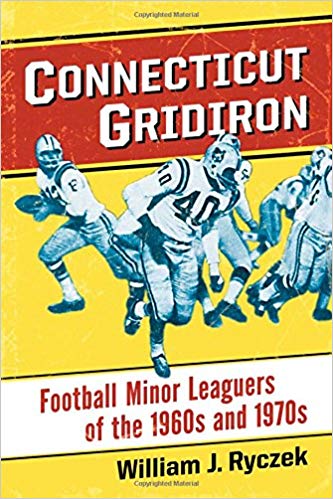
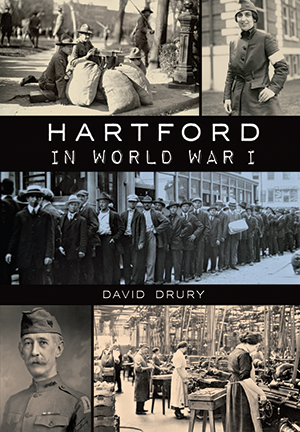
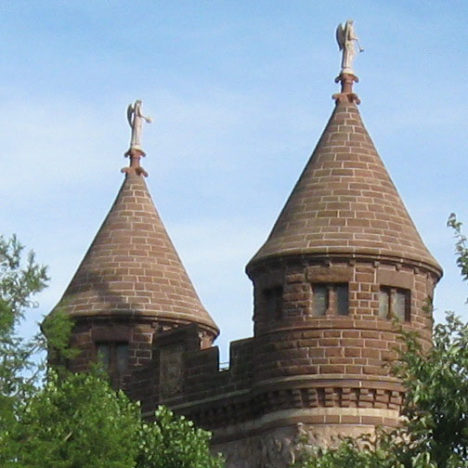


 Joe Marfuggi, the man who led
Joe Marfuggi, the man who led 